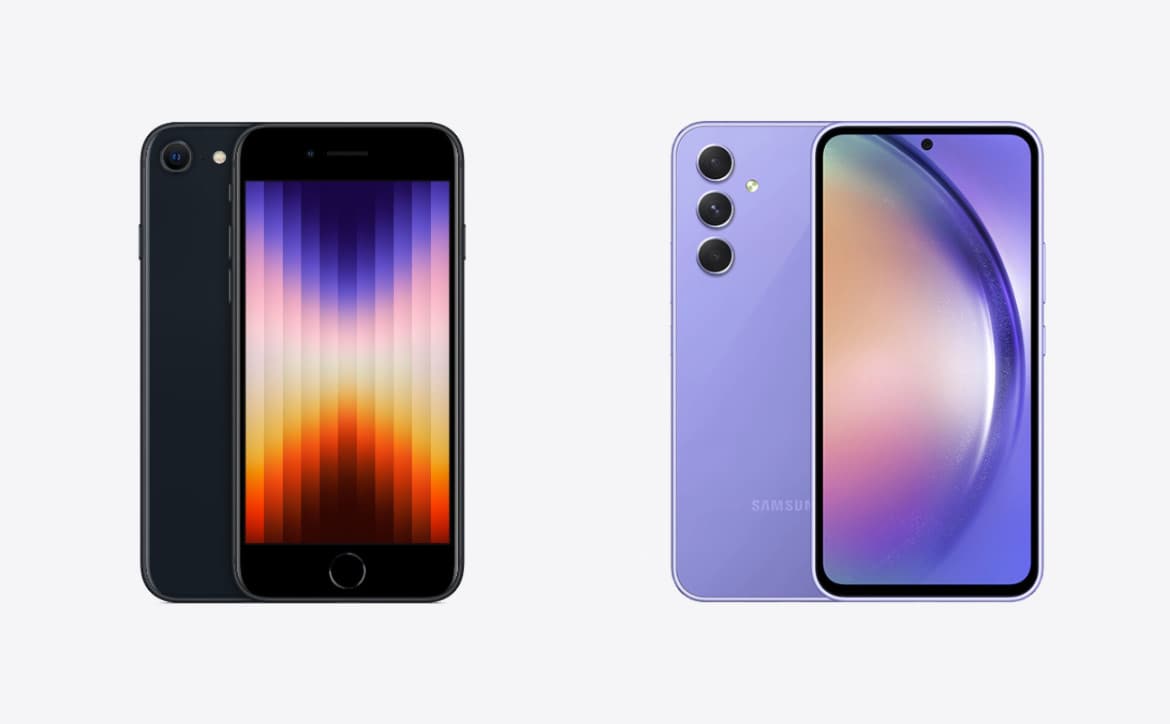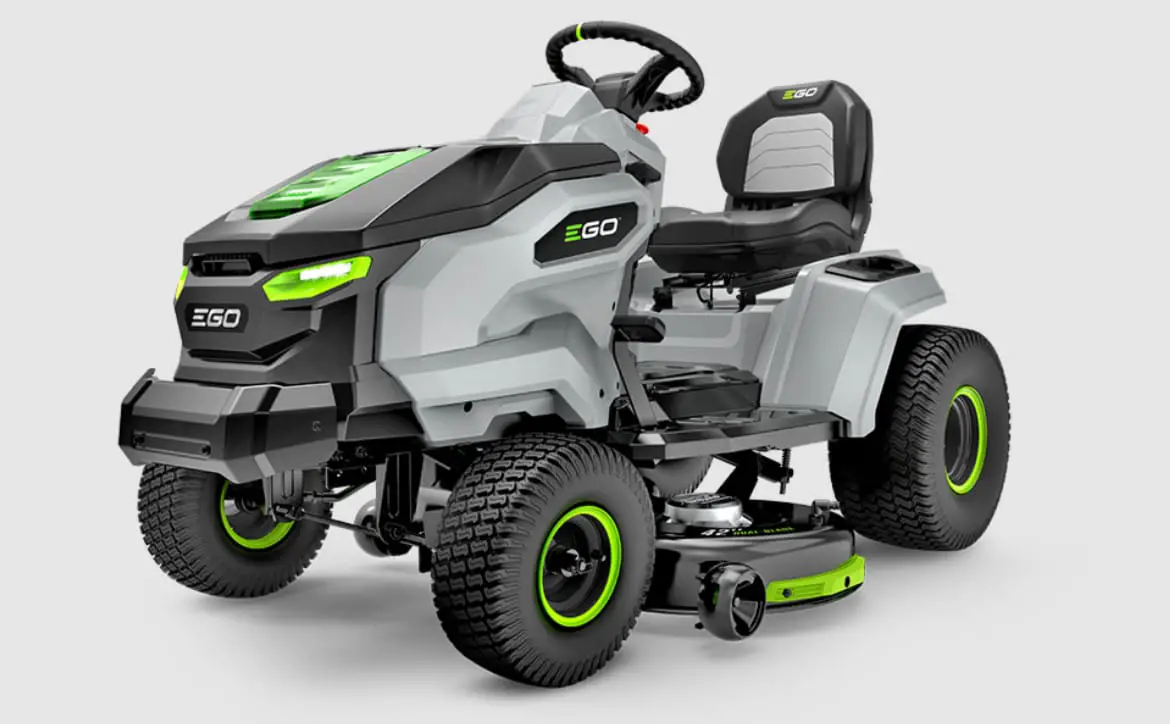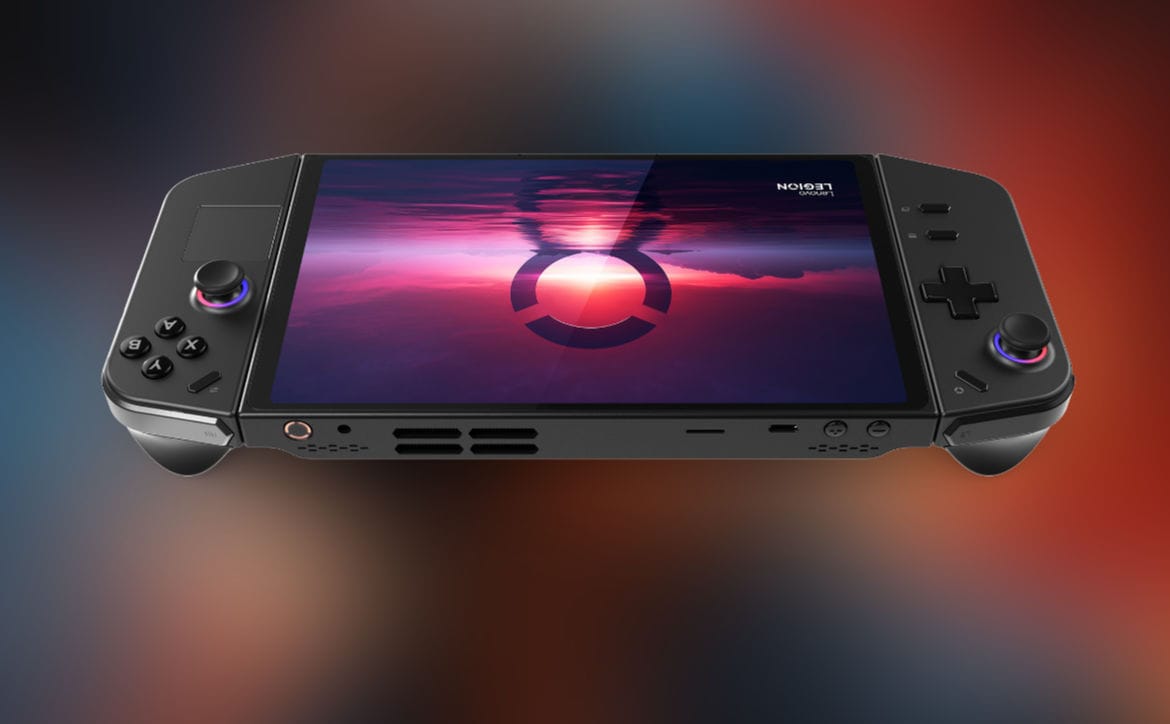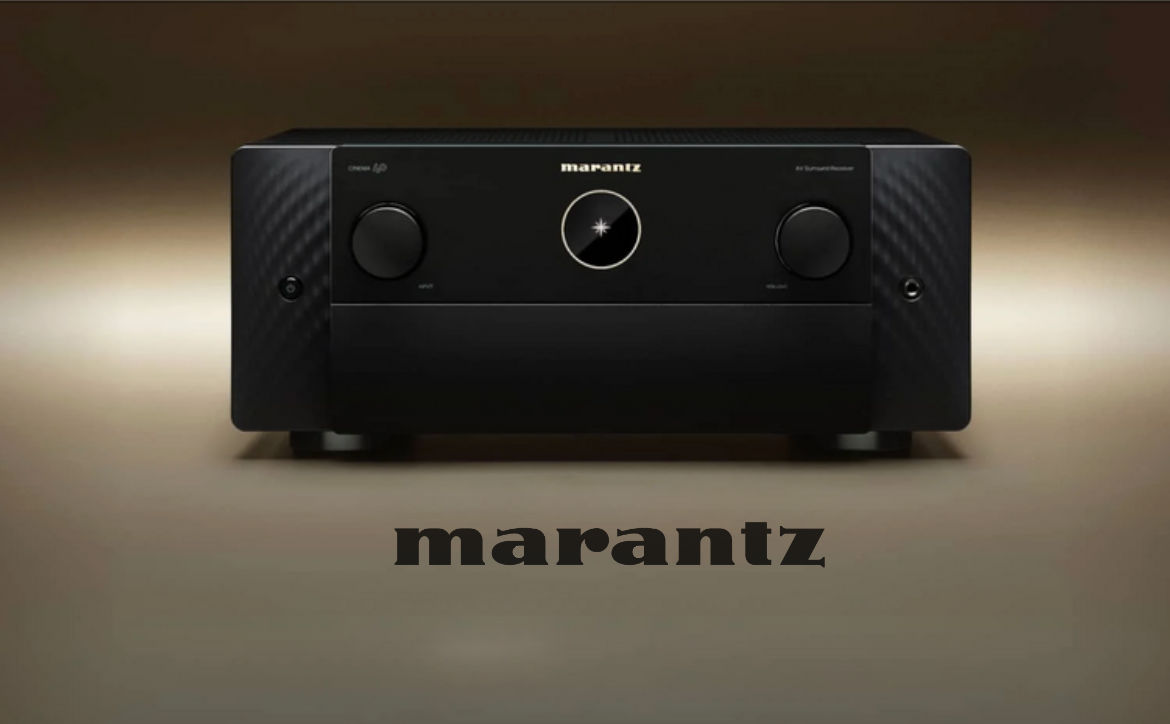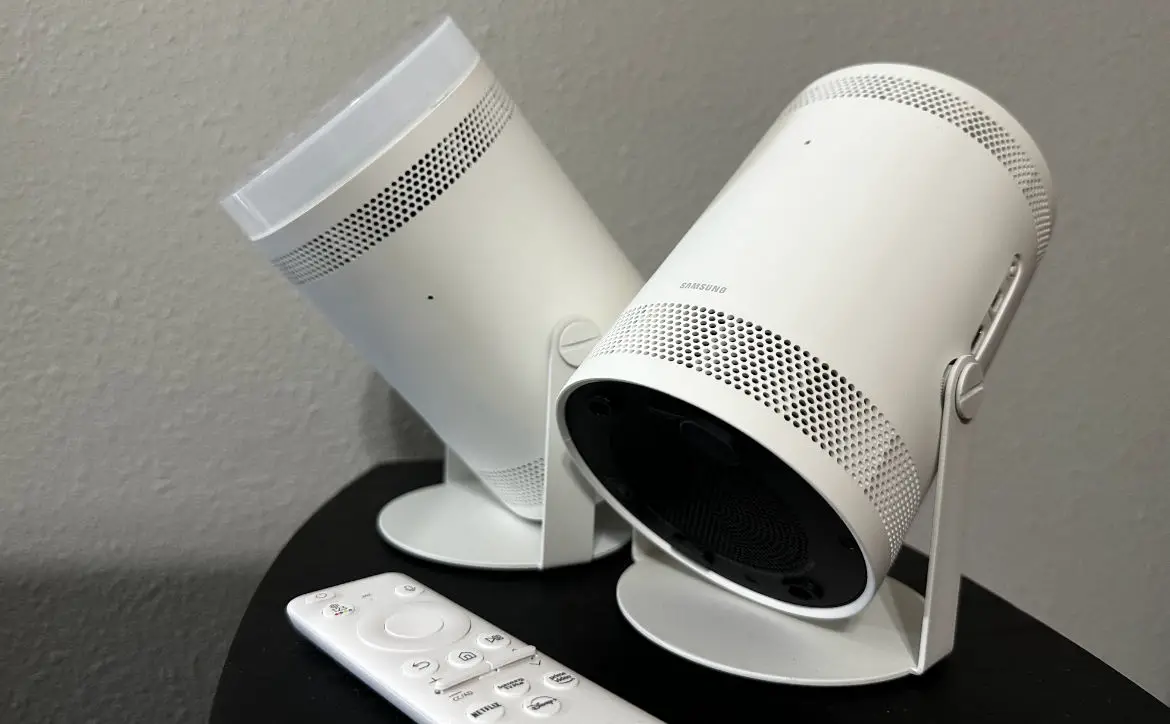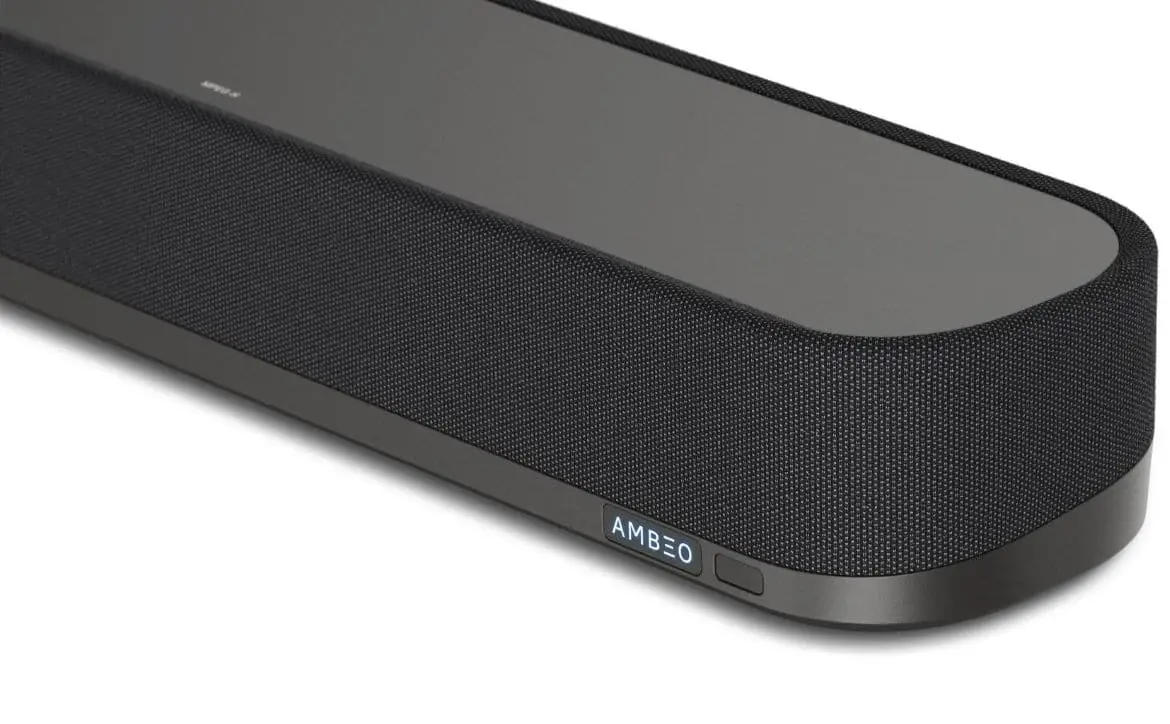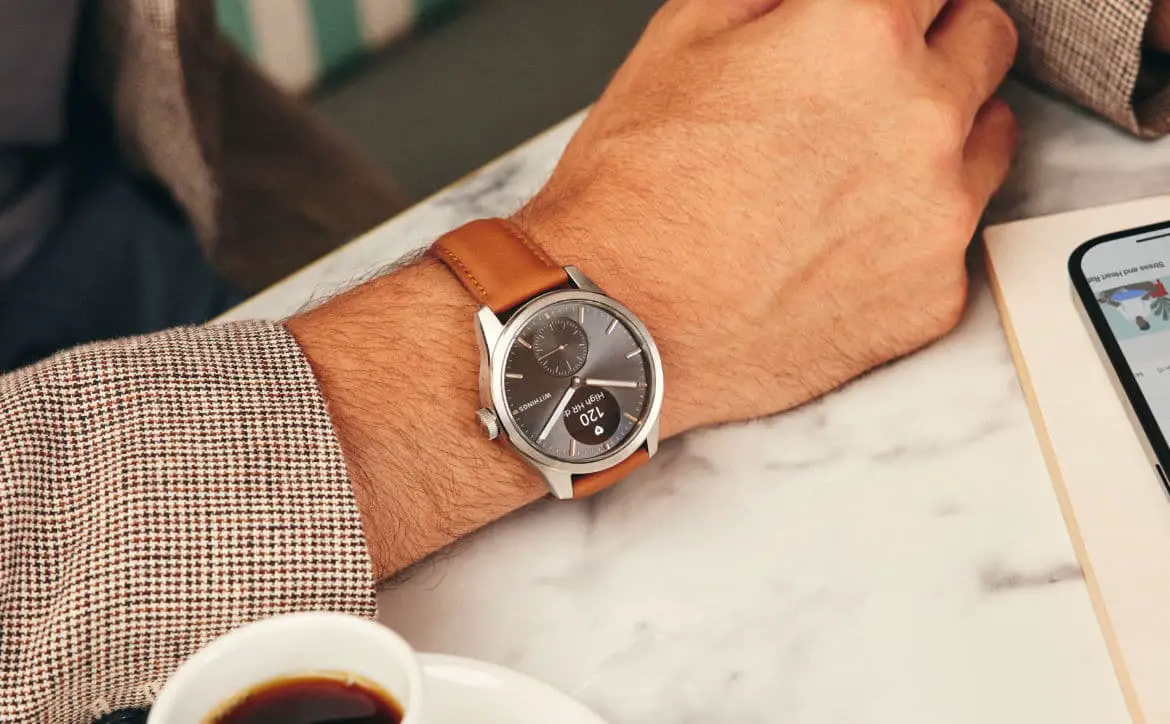In the ever-evolving landscape of technology, smartphones have cemented their place as an indispensable part of our lives. However, not all smartphones are created equal, and this is evident in the segmentation of the market into three distinct categories: budget, mid-tier, and flagship devices.
Estimated reading time: 6 minutes
These categories are defined by a range of features, specifications, and performance levels, each corresponding to a different price point. Let’s delve into the major differences that impact the prices of these smartphones and explore what sets them apart.
Table of contents
The Smartphone Pyramid
Often, I will run into someone who proclaims their budget smartphone to be just as good as your flagship. That may be the case for them and the needs they seek to fulfill, but it’s far from the truth. While most smartphones will do the basics of accessing the internet and communication. Typically, it is the higher priced devices that excel at camera/video quality, speed/processing, and gaming ability. In this article, we will explain the key differences simply between the three segments in the smartphone world, so you can be better informed.
Budget

Budget smartphones are designed with cost-conscious consumers in mind, aiming to provide essential features without breaking the bank. These devices typically come from a range of manufacturers and can be a great option for users who prioritize basic communication, social media, and light app usage. The major factors that contribute to the lower price of budget smartphones are:
- Hardware: Budget smartphones often use entry-level processors, which might not deliver lightning-fast speeds but are sufficient for everyday tasks. These devices also tend to have lower-resolution displays and less advanced camera systems, leading to lower production costs.
- Build Materials: Manufacturers frequently utilize more affordable materials such as plastic instead of premium glass and metal, making the devices less expensive to produce.
- Features: To keep costs down, budget smartphones might omit certain features like advanced biometric authentication (such as facial recognition), wireless charging, and water resistance.
- Software: Budget smartphones might run a more streamlined version of the operating system, which can lead to smoother performance on lower-end hardware.
Mid-Tier
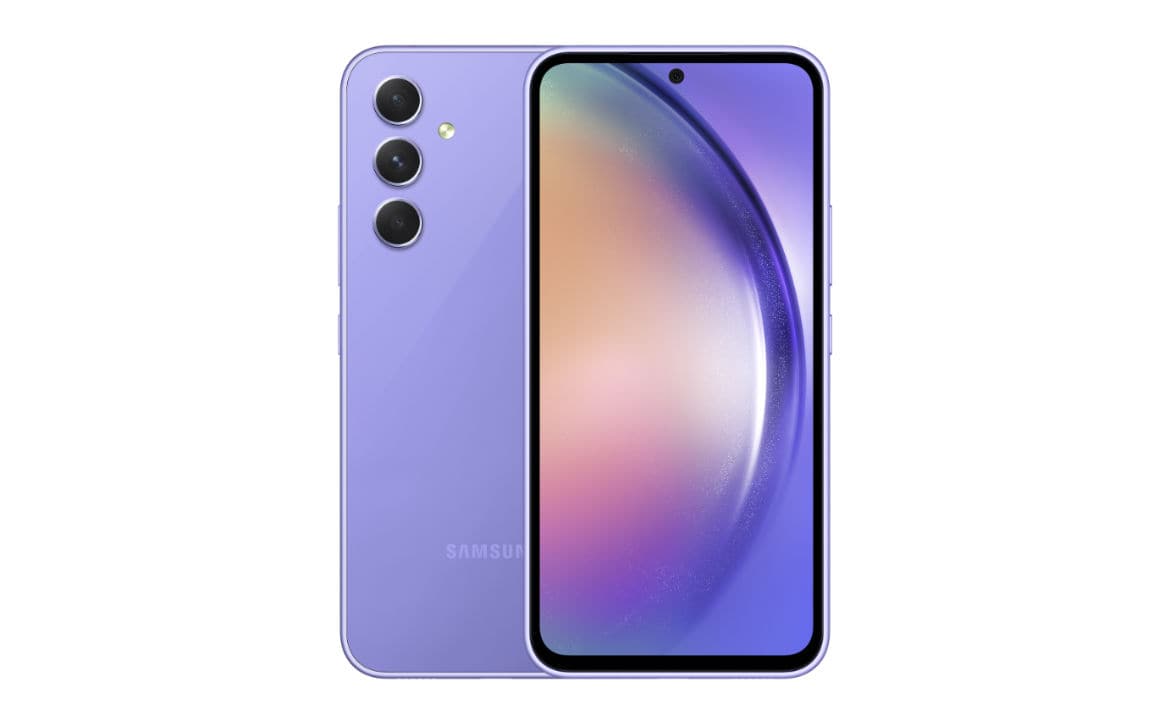
Sitting comfortably between budget and flagship devices, mid-tier smartphones aim to provide a balance between performance, features, and price. These devices cater to users who seek a more enhanced experience without shelling out premium prices. The factors that differentiate mid-tier smartphones include:
- Performance: Mid-tier smartphones typically come equipped with processors that strike a balance between efficiency and power. These processors can handle more demanding tasks compared to budget options, making them suitable for moderate gaming and multitasking.
- Camera Technology: Manufacturers invest in mid-tier camera systems, offering better image quality, more advanced sensors, and features like multiple camera lenses and enhanced low-light performance.
- Design and Build: While mid-tier smartphones may not boast the premium aesthetics of flagship devices, they often incorporate a blend of materials, including higher-quality plastics and glass, to offer a more refined look and feel.
- Additional Features: Mid-tier devices tend to include a subset of premium features, such as fast charging, improved biometric authentication, and occasionally, limited water and dust resistance.
Flagship
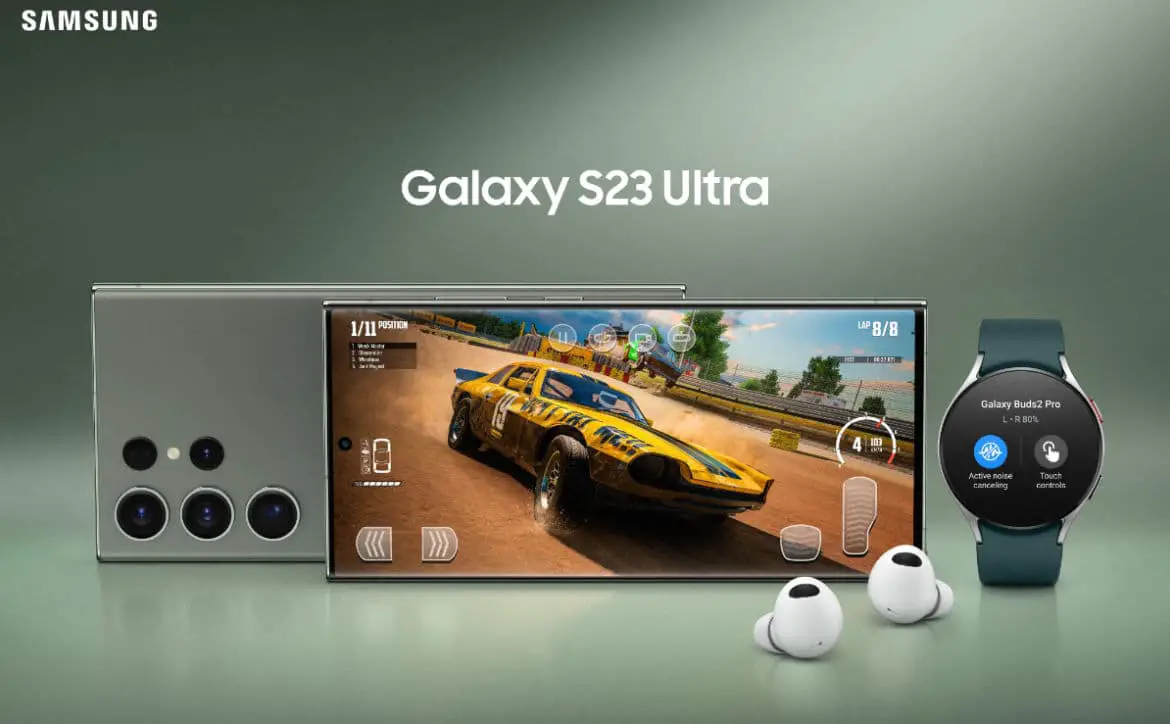
Flagship smartphones are the cream of the crop, representing the pinnacle of technology and innovation. These devices cater to users who demand cutting-edge features, top-tier performance, and the latest advancements in every aspect. Here’s what sets flagship smartphones apart:
- Performance: Flagship smartphones feature the most powerful processors, enabling seamless multitasking, gaming, and handling resource-intensive applications with ease.
- Display Technology: These devices regularly sport high-resolution, vibrant OLED or AMOLED displays with features like high refresh rates, HDR support, and more accurate color reproduction.
- Camera Excellence: Flagship devices boast advanced camera systems with multiple lenses, larger sensors, optical image stabilization, and AI-powered enhancements, resulting in stunning photos and videos across various lighting conditions.
- Build Quality: Premium materials such as glass and metal are used extensively, resulting in a sophisticated design and a premium feel in the hand.
- Cutting-Edge Features: Flagship smartphones are often the first to introduce groundbreaking features, such as foldable displays, advanced biometric authentication (iris scanning, facial recognition), and 5G connectivity.
- Software and Updates: Manufacturers of flagship devices prioritize timely software updates and offer the latest versions of operating systems, ensuring users have access to the latest features and security enhancements.
Conclusion
In conclusion, the distinctions between budget, mid-tier, and flagship smartphones are defined by a range of factors including hardware, build quality, performance, camera technology, features, and software. Each category caters to a different set of user needs and preferences, with price being a key determinant. While budget smartphones offer affordability and essential functionality, mid-tier devices strike a balance between price and performance. Flagship smartphones, on the other hand, push technological boundaries to provide the most advanced features and top-tier performance.
Understanding these differences allows consumers to make informed decisions based on their individual requirements and budget constraints. In my eleven years of reviewing tech, I have learned a lot. Here’s where I stand on these three smartphone categories:
- Budget phones are better than ever and can get most users through their essential needs easily.
- Mid-tier phones are a very nice middle ground for users who want more than the essentials, like a better camera, better gaming experience, and better hardware.
- Flagship phones today are a bit of overkill for most users, but they offer the best camera performance, gaming performance, displays, sound, and overall quality. Truly, if one of your main needs is the best photos you can possibly get, flagships are worth the investment.
Two of the better mid-tier phones to consider are the Samsung Galaxy A54 5G priced at $449 and the Apple iPhone SE priced at $429. These two mid-tier phones should satisfy most users’ needs and provide good results in most categories. Links to purchase are below.
What smartphone are you using? Please share your thoughts on any of the social media pages listed below. You can also comment on our MeWe page by joining the MeWe social network. And subscribe to our RUMBLE channel for more trailers and tech videos.

